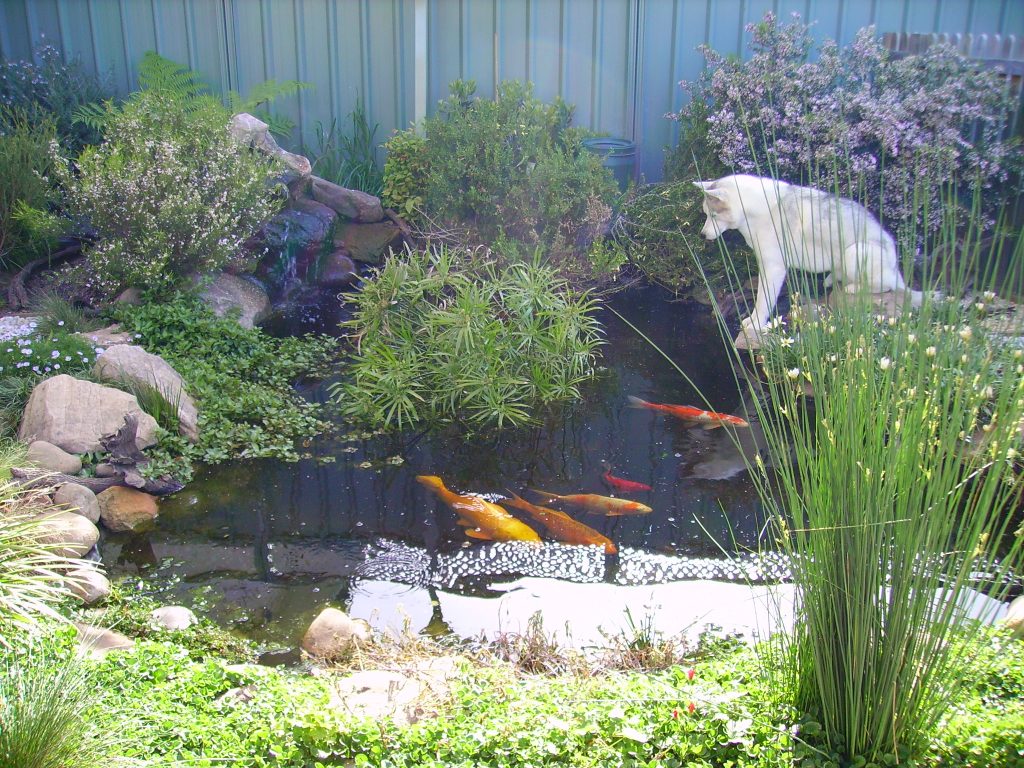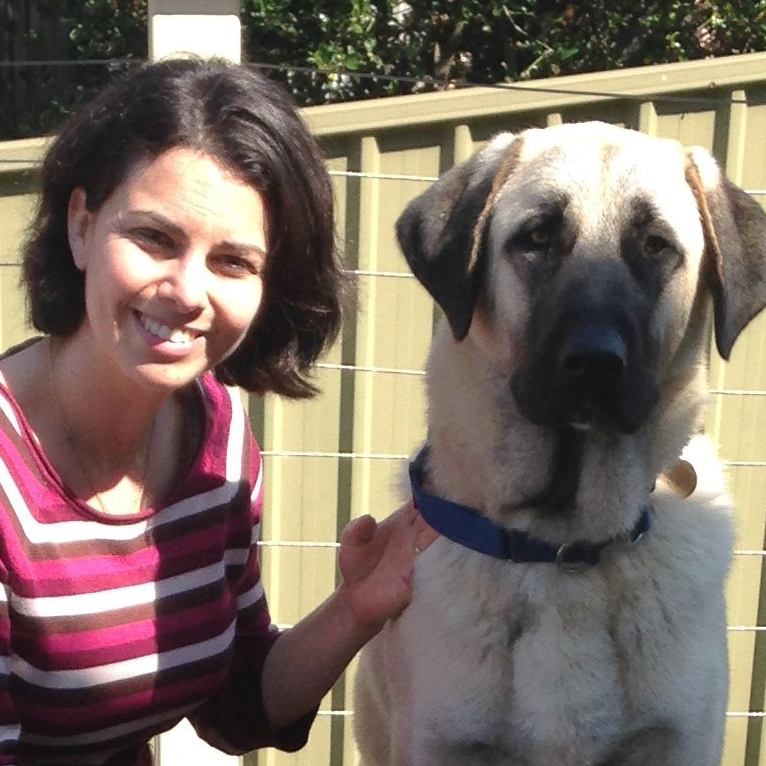Introducing your Dog to New Pets
Do you have a dog and thinking of getting another pet? Keeping multiple pets – in particular a different species – can be an enriching experience for you and your dog. But it’s not a decision to be taken lightly. There’s no guarantee your pets will get along.
What’s the key to creating harmony in a multi-species household?
Even if your pets aren’t the best of friends, they can learn to tolerate each other and respect their spaces. It’s all about creating positive interactions between your dog and other animal friends, said Louise Ginman, animal trainer and author of The Art of Introducing Dogs.
To start on the right paw with bringing a new pet into your home, you need to assess your current situation and plan the introduction correctly, said Louise, who is also President of the Association of Pet Dog Trainers Australia (APDT).
Does your dog even want or like other domesticated animals such as cats, birds, guinea pigs or reptiles? What about your new pet’s acceptance of your dog? Make sure you assess the level of socialisation or exposure that each animal has had to the type of animal, explained Louise.
“The criteria for your dog to accept a cat would be if your dog has been socialised to cats since puppyhood. Some dogs naturally enjoy and are relaxed in the company of felines – they are happy to chat to neighbourhood cats. Other dogs can slip into predator mode, which puts smaller animals at risk.”
Most dogs are high risk to rabbits and guinea pigs, although there can be exceptions to the rule, Louise added.
A lot of common sense needs to prevail when dealing with mixed species households.
Keeping chickens is becoming increasingly popular and dogs are not born guardians of poultry.
“Hyperexcitable behaviour can translate to predatory behaviour to chickens,” warned Louise. “They can be the best of friends with the right training and preparation.”

Louise introduced her first Siberian Husky to her Japanese koi carp fish in an outdoor pond. He sat at the edge of the pond and licked the fish, showing no sign of predatory behaviour towards his new friends. Louise’s second dog, on the other hand, leapt into the pond and came out with fish in her mouth. She clearly had to be kept separated at all times, Every dog and animal need to be treated on an individual basis.
“Make sure the animal that you are introducing your dog to is safe and that their welfare is not compromised by adding your dog into the equation. For instance, if your dog is predatory towards rabbits or guinea pigs, he/she can harass the smaller animals to the point where they are living in a chronic state of stress.”
Introducing your dog to a new pet
Louise shared some general tips on how best to conduct an introduction between dogs and other pet species.
Prior to any introduction, I advise consulting a professional animal trainer. Dog trainers can work with you and your dog to develop an introduction plan. Follow the introduction plan to the letter, manage it and make sure the welfare of both animals is paramount.
Planning
Also have a back-up plan if the introduction does not work out. Can you keep them separate for rest of their lives or is rehoming a better option? You need to think this through as you may need to put the plan into action, said Louise.
Look at space you have in your home and work out the ‘safe zones’ for all your pets. These are spaces that your dog cannot have access to and cause your new pet stress and chase them around. Cats need higher places to rest.
Baby gates can keep your dog out of safe zones and allow smaller animals to get through for some ‘time out’. Also, make sure they can each access their own food source!
Introductions
Start off the introduction with your dog on a lead for additional safety. If you are introducing your dog to a rabbit/guinea pig, bird or chickens, take your dog to the coup/cage/hut and spend time doing counter conditioning.
“While your dog is near the new animal, great things happen! Sprinkle treats on ground around the coup. This will help build a positive association between the birds and your dog,” said Louise.
Whilst in their coup/cage/hut, have the animals come towards your dog, who is still on a lead. If your dog gets excited, take him away to a distance until he does not show excited behaviours to the pet.
“This can take days, weeks or months until your dog shows calm behaviour.”
The next step is to let the animals out of the coup/hut while your dog is still on a lead, but at a greater distance. Have another person keep the animal at a distance and sprinkle food around for all the animals. Good things come when the new pet is around!
Work to the individual dog in front of you, so you may need to muzzle-train your dog for the introduction. This is about the safety of those animals. Keep the muzzle on until your dog shows zero interest in them. Over time, take the muzzle off.
Make every step of the way and every association with each other a positive one for your dog and the new pet. If your bunny or bird is not coping, take them away and try again later using ‘positive association’ techniques, ie yummy treats when your pooch is around.
You need to manage the animals separately until the time they can coexist or until the decision is made to stop the introduction because it’s not going to work.
If it’s not going well, assess, take a break from the introduction and try again later.
Reassessing the introduction plan and making changes to the plan can be the difference between success and failure. “But if your plan fails, at some point you will have to make that assessment and visit your back-up plan.”
Take the time to plan the introduction and do it carefully, and everyone will have a stress-free time!
Nice to meet you .. or not!
Introductions can be stressful for dogs and it’s important to be aware of the signs when they are not happy to meet.
When dogs become quite tense and still, then we need to get your dog out of there to break the tension. Once you move your dog away, they may do a shake-off , which acts as a bit of a stress reliever.
How can we tell when a dog-to-new pet introduction is not going quite to plan?
- Growling, lip curling, showing teeth and lunging
- Staring hard at the other pet without blinking
- Tense body, raised hackle, high or quickly wagging tail
- Closed, tense mouth
- Predatory behaviour – chasing etc with the intent to do harm
- Hyperexcitable behaviour around the other species
Article written by Caroline Zambrano of Pet Journo

